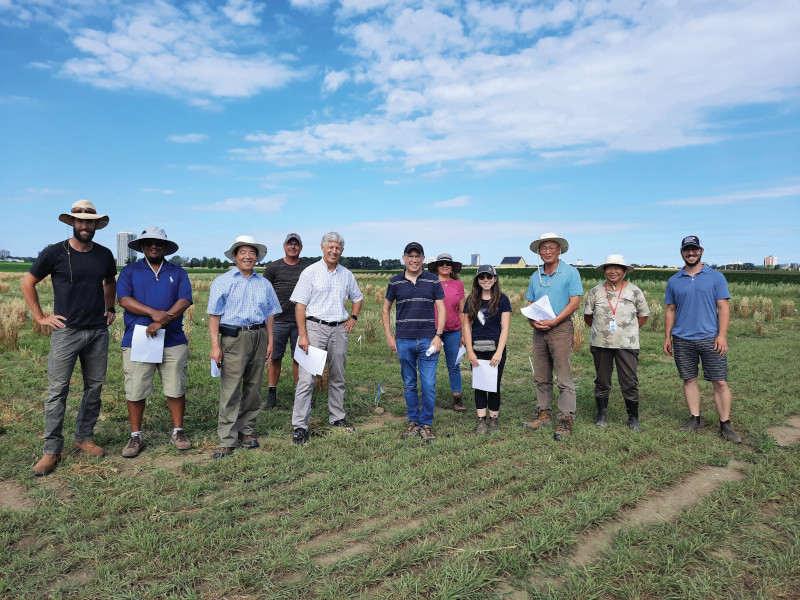Earlier this spring, CropLife Canada, the Canada Grains Council and the Canadian Seed Trade Association held a workshop entitled “Future of Plant Breeding Oversight in Canada”. The workshop was designed to clarify the current regulatory oversight framework for products of plant breeding in Canada and identify a path forward for making Canada a global leader that embraces innovation in this space.
More than 60 people from all areas of the value chain participated in this first-of-its-kind session — from small, medium and large industry players to industry associations, academia, international representatives to federal government policy and regulatory officials.
Throughout the course of the day-long workshop, several themes emerged. There was widespread agreement among participants that innovations producing new crop varieties offer enormous benefits for farmers, consumers and the entire agri-food sector. However, it is becoming increasingly clear as new plant breeding innovations come to the forefront that the ambiguity of the current Canadian and global regulatory systems are a major barrier to advancement.
There was consensus from the group that to enhance innovation in this space, Canada’s current regulatory system needs to evolve — and is in fact well positioned to do so. Establishing and maintaining reasonable and predictable frameworks for developers of new crop varieties will attract investment in research and development from organizations of all sizes to Canada.
Participants largely agreed that an area of focus moving forward should be pursuing a tiered risk assessment approach that leverages the experience of the last two decades of regulatory experience in Canada and around the world.
The collective views of the value chain participants are very much in line with the recommendations from Canada’s Advisory Council on Economic Growth, which urges the federal government to take clear policy action to improve agriculture’s competitive position by removing or updating regulations that serve as unnecessary barriers to innovation and growth.
Following the workshop, the Canada Grains Council established a working group to help drive progress toward regulatory modernization in this space in Canada, while ensuring that any new approach takes into account the importance of maintaining free flowing international trade in seed and grain.
If Canada is going to modernize its regulatory system in time to allow us to be a global leader in plant breeding innovations, we need to act now. It is the responsibility of the entire agricultural value chain to advocate for this change. If Canada can establish a clear, predictable, science-based regulatory system for new crop varieties, it can work to export this system to major trading partners around the world to create a global system that enables and encourages innovation in plant breeding.













